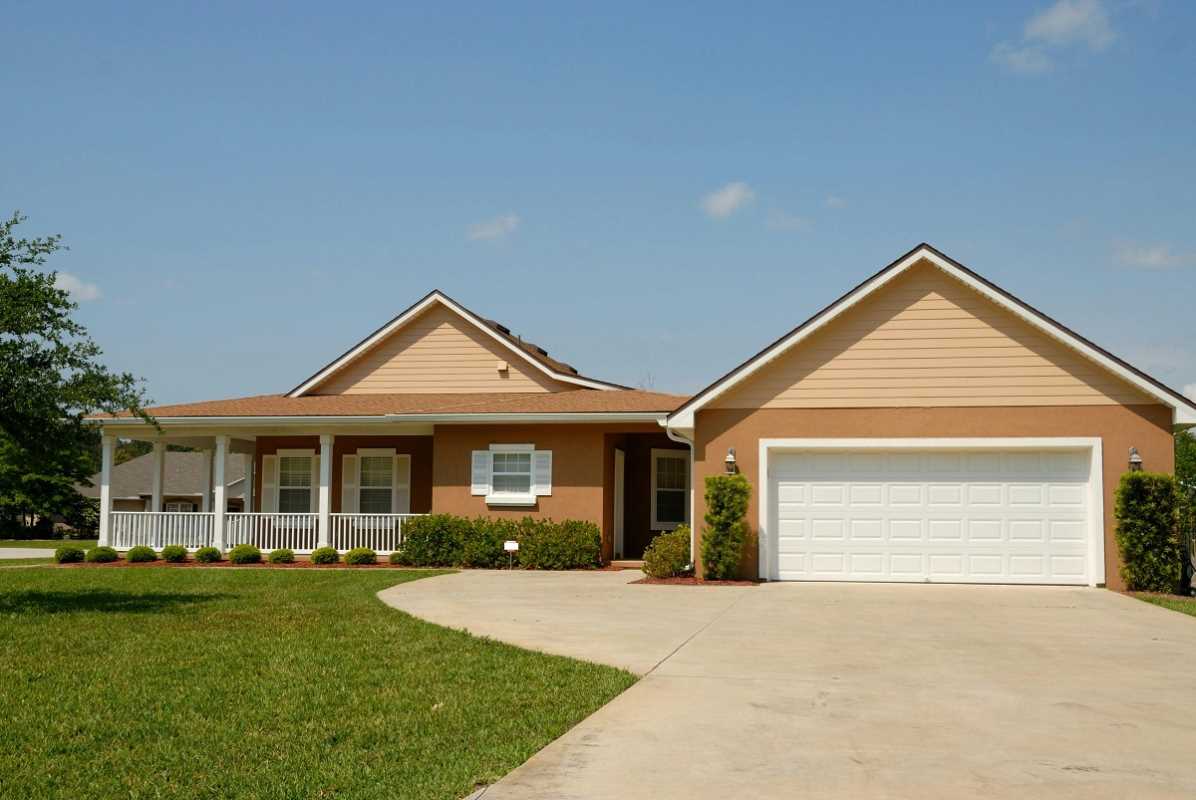Landscaping is an essential aspect of home improvement that can enhance both the aesthetic appeal and functionality of your outdoor space. A well-designed landscape not only increases the value of your home but also creates a relaxing environment that can be enjoyed year-round. Understanding the basics of home landscaping design is crucial for anyone looking to transform their yard into a beautiful retreat. Here, we explore key concepts and principles that can guide you in creating a stunning landscape.
Assessing Your Space
The first step in any landscaping project is to assess your available space. Take a good look at your yard, considering its size, shape, and any existing features. Note the sun exposure, soil type, and drainage patterns. These factors will significantly influence your design choices. For instance, if you have a shaded area, you'll want to select plants that thrive in low light, while sunny spots can accommodate a broader range of flowers and shrubs.
It’s also important to consider how you want to use your outdoor space. Do you envision a serene garden for relaxation, an entertainment area for gatherings, or a play space for children? Understanding the intended purpose of the landscape will help inform your design decisions and plant selections.
Defining Your Style
Once you have assessed your space and its functions, the next step is to define your landscaping style. Landscaping styles can vary widely, from traditional to contemporary, cottage gardens to minimalist designs. Your home’s architectural style can also guide your choices, creating a cohesive look that enhances the property. For example, a modern home may benefit from clean lines and a more structured landscape, while a cottage-style house may call for a more whimsical, informal garden.
Consider elements such as colors, materials, and plant selections that resonate with your personal style. Browsing landscaping magazines, visiting local gardens, or exploring online platforms like Pinterest can provide inspiration for your design.
Planning Your Layout
Creating a layout is an essential part of landscaping design. Start with a scaled drawing of your yard, including existing structures, pathways, and any significant features like trees or shrubs. This will help you visualize the space and better plan the placement of new elements.
When planning your layout, consider the principles of design: balance, proportion, contrast, and rhythm. Balance can be achieved through symmetrical or asymmetrical arrangements, while proportion ensures that each element relates harmoniously to the overall space. Contrast can highlight particular features, and rhythm can be created through repeating patterns or colors.
Choosing the Right Plants
Selecting the right plants is vital for a successful landscape. Consider factors such as climate, soil conditions, and maintenance requirements when choosing plants. Native plants are often a great choice, as they are well adapted to local conditions and typically require less water and care than non-native varieties.
Incorporate a mix of trees, shrubs, perennials, and annuals to provide varying heights, colors, and textures throughout the seasons. Consider seasonal interest as well; for instance, spring-blooming flowers can provide early color, while evergreen plants can offer year-round greenery.
When planting, pay attention to the mature size of the plants to avoid overcrowding. Group plants with similar light and water needs together to simplify maintenance.
Incorporating Hardscape Elements
Hardscaping refers to the non-plant elements of your landscape, such as patios, walkways, retaining walls, and fences. These features can enhance functionality and create defined spaces within your yard. When incorporating hardscapes, choose materials that complement your home’s architecture and the overall style of your landscape.
Patios and decks are excellent for creating outdoor living areas, while pathways can guide visitors through your garden. Retaining walls can be beneficial for sloped yards, providing both aesthetic appeal and erosion control. Remember to include spaces for seating and relaxation, allowing you to fully enjoy your outdoor environment.
Maintenance Considerations
A beautiful landscape requires ongoing maintenance. When designing your yard, consider the time and effort you’re willing to invest in upkeep. Choose low-maintenance plants and materials if you prefer a more hands-off approach. Regular tasks such as mowing, pruning, weeding, and watering should be factored into your routine to keep your landscape looking its best.
Creating a maintenance schedule can help you stay organized and ensure that your landscape thrives. Remember to monitor your plants for pests and diseases and take action promptly to prevent more significant issues.
Bringing It All Together
Once you have planned your layout, chosen your plants, and incorporated hardscape features, it’s time to bring your design to life. Whether you choose to tackle the project yourself or hire a professional landscaper, having a clear vision will guide you through the implementation process.
 (Image via
(Image via